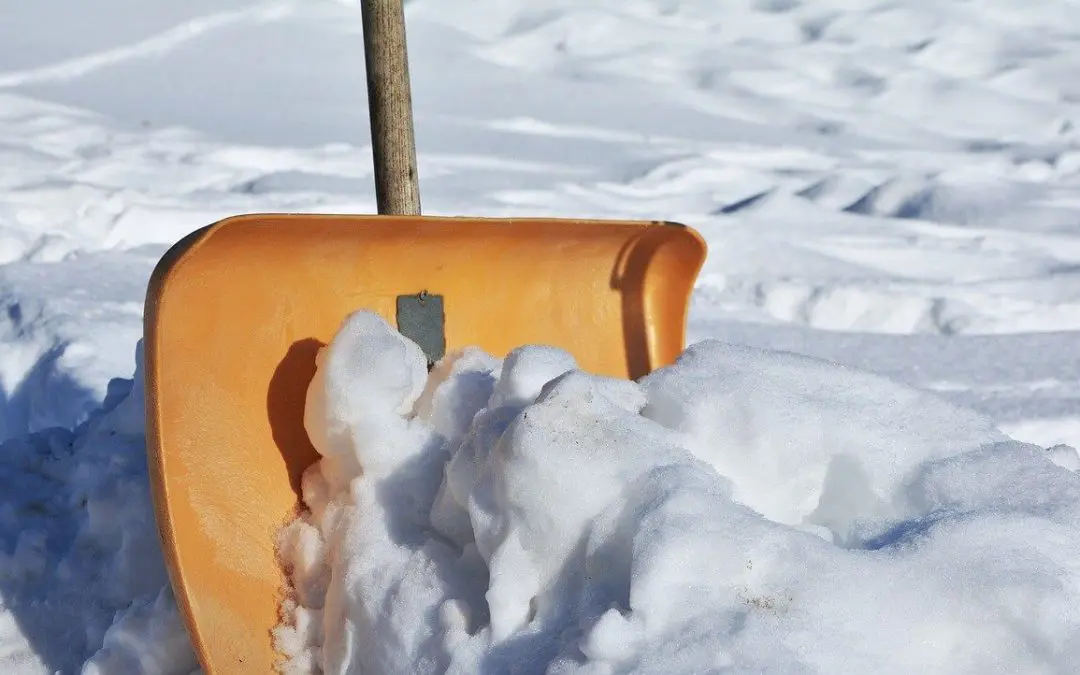Shoveling snow is a common winter chore, but it’s not without risks. Every year, people end up with sore backs, pulled muscles, or even more serious injuries simply because they didn’t approach the task safely. Whether you’re clearing your driveway, sidewalk, or stairs, a little preparation and the right technique can make all the difference. Here are some expert tips on shoveling snow safely and effectively.
Shoveling Snow Safely
Prepare Your Body Beforehand
Preparing your body for physical activity is crucial before you even pick up the shovel. Shoveling snow is a vigorous workout, and like any exercise, it’s important to warm up first. Spend five to ten minutes stretching your muscles, focusing on your arms, legs, and back. Simple stretches or light movements, like walking in place, will increase blood flow and loosen your muscles.
Make sure you’re dressed appropriately. Layer your clothing to stay warm, but avoid anything too heavy that might restrict movement. Waterproof boots with good traction are essential to prevent slipping on icy surfaces. And don’t forget gloves or mittens to keep your hands warm and dry.
Use the Right Tools
The type of shovel you use can affect your efficiency and safety. Choose a lightweight, ergonomic shovel with a curved handle to reduce strain on your back. Look for one with a non-stick blade to help snow slide off easily. If you’re dealing with heavy snow, consider a shovel with a smaller blade to avoid overloading it.
For particularly icy conditions, a shovel with a metal edge will help break through hard snow and ice. Alternatively, a snow pusher instead of a traditional shovel is an excellent option for light, fluffy snow, allowing you to move large amounts with minimal effort.
Master Proper Shoveling Technique
Many injuries happen because people lift and throw snow improperly. Always bend at the knees and lift with your legs to avoid unnecessary strain on your back. Keep the shovel blade close to your body as you lift to maintain balance and reduce the chance of injury.
Avoid twisting your torso when throwing snow. Instead, pivot your whole body to face the direction you want to toss it. Whenever possible, push the snow to the side rather than lifting it. This technique reduces strain and speeds up the process.
Pace Yourself
You may be tempted to tackle the entire driveway in one go, but shoveling snow is demanding work. Take frequent breaks to avoid overexertion. Shovel small sections at a time, especially if the snow is heavy and wet. Remember, there’s no need to rush—the goal is to clear the snow safely, not quickly.
Hydration is also key. Cold weather can make you feel less thirsty, but your body still loses fluids through exertion. Keep a water bottle handy and take sips during your breaks.
Be Mindful of Weather Conditions
Shoveling snow during or immediately after a snowfall is often easier than waiting for it to pack down or freeze. However, icy conditions and poor visibility increase the risk of slips and falls. Check the weather forecast before heading out, and if conditions are particularly hazardous, consider waiting until it’s safer.
If you notice signs of frostbite—such as numbness, tingling, or pale skin—or symptoms of hypothermia, like shivering or fatigue, stop immediately and go inside to warm up.
Know When to Ask for Help
Some snowstorms leave behind more than one person can reasonably handle. If you have health concerns, such as heart problems or a history of back issues, it’s smart to avoid shoveling snow altogether. Hire a professional or ask a family member or friend for assistance. When in doubt, prioritize your health.
By following these tips and taking care of yourself, you can tackle snow shoveling safely and efficiently. Stay warm, stay safe, and remember that your safety always comes first.
FAQs
How do I prevent snow from sticking to the shovel?
Spray the blade of your shovel with cooking spray or silicone lubricant before you start. This simple trick helps prevent snow from clinging and makes the job much easier.
Is it better to shovel during or after a snowfall?
Shoveling during a snowfall can make the task less overwhelming since you’re clearing snow as it’s falling. However, it may require multiple sessions to finish the job.
Are there any signs that I should stop shoveling immediately?
Yes. Stop immediately if you feel sharp pain, sudden fatigue, or any symptoms of a heart attack, such as chest pain, arm pain, or shortness of breath. Always err on the side of caution.
Danny Inspections offers home inspections in the Chicago area. Contact us to request our services.

